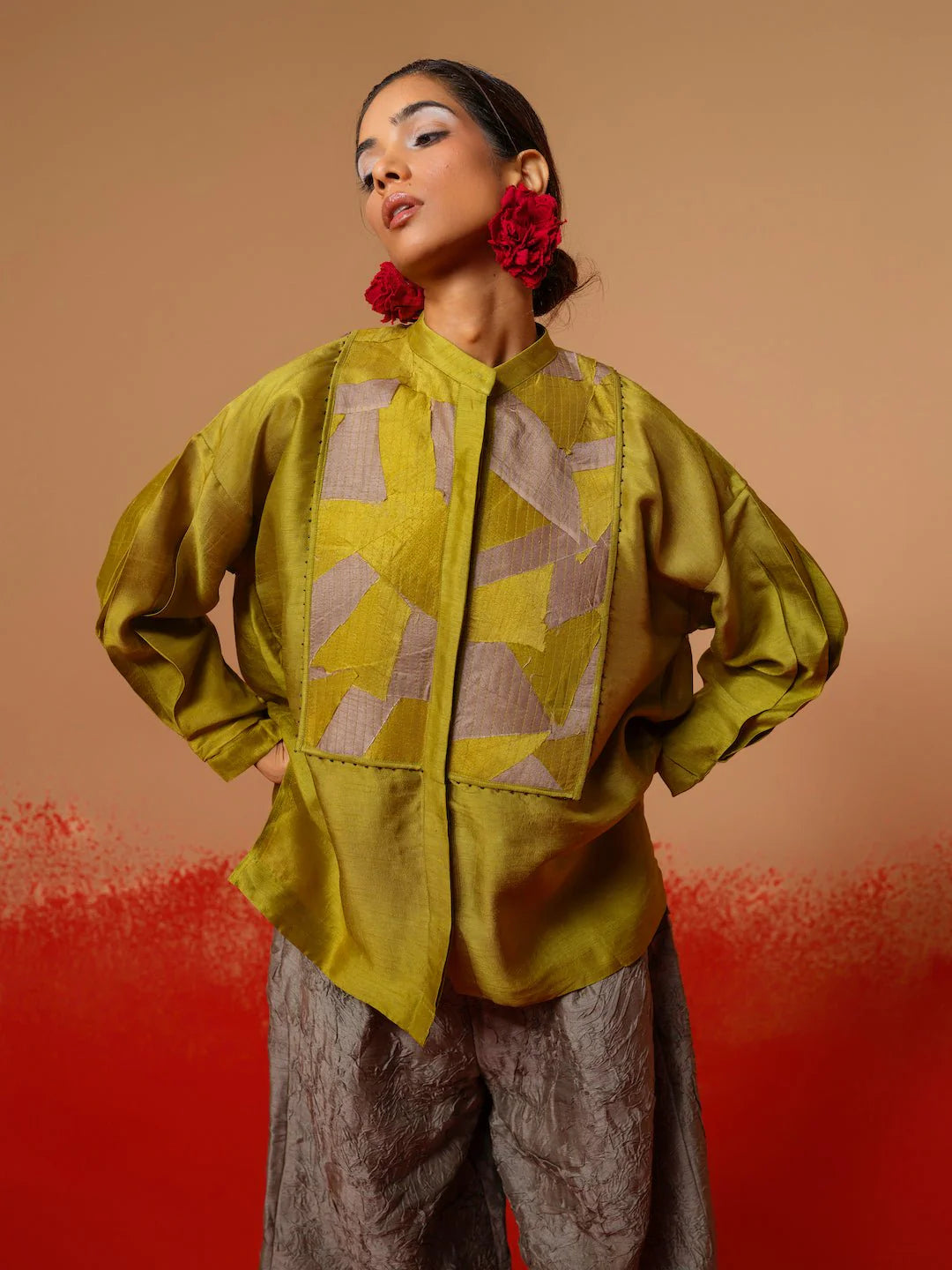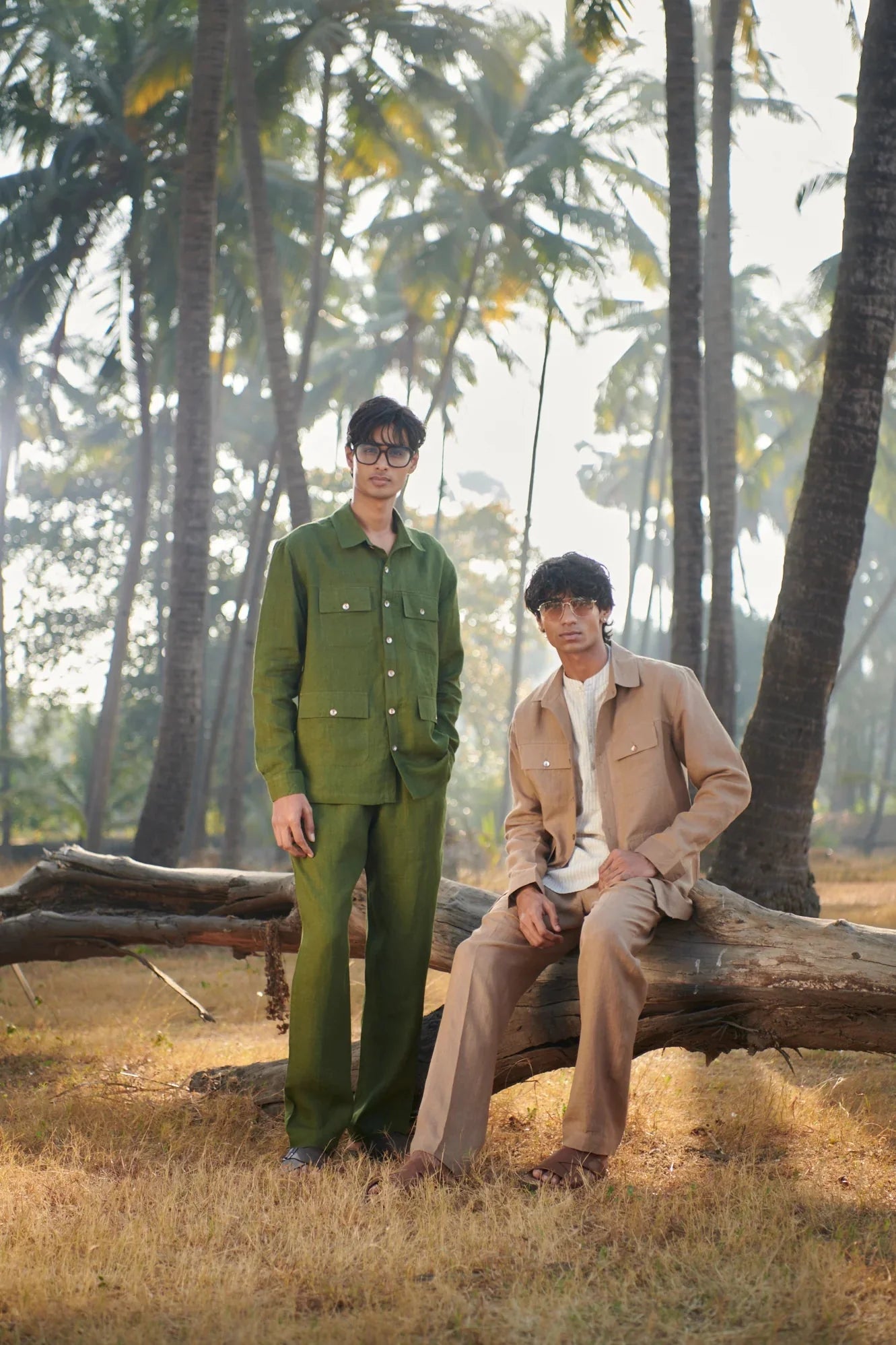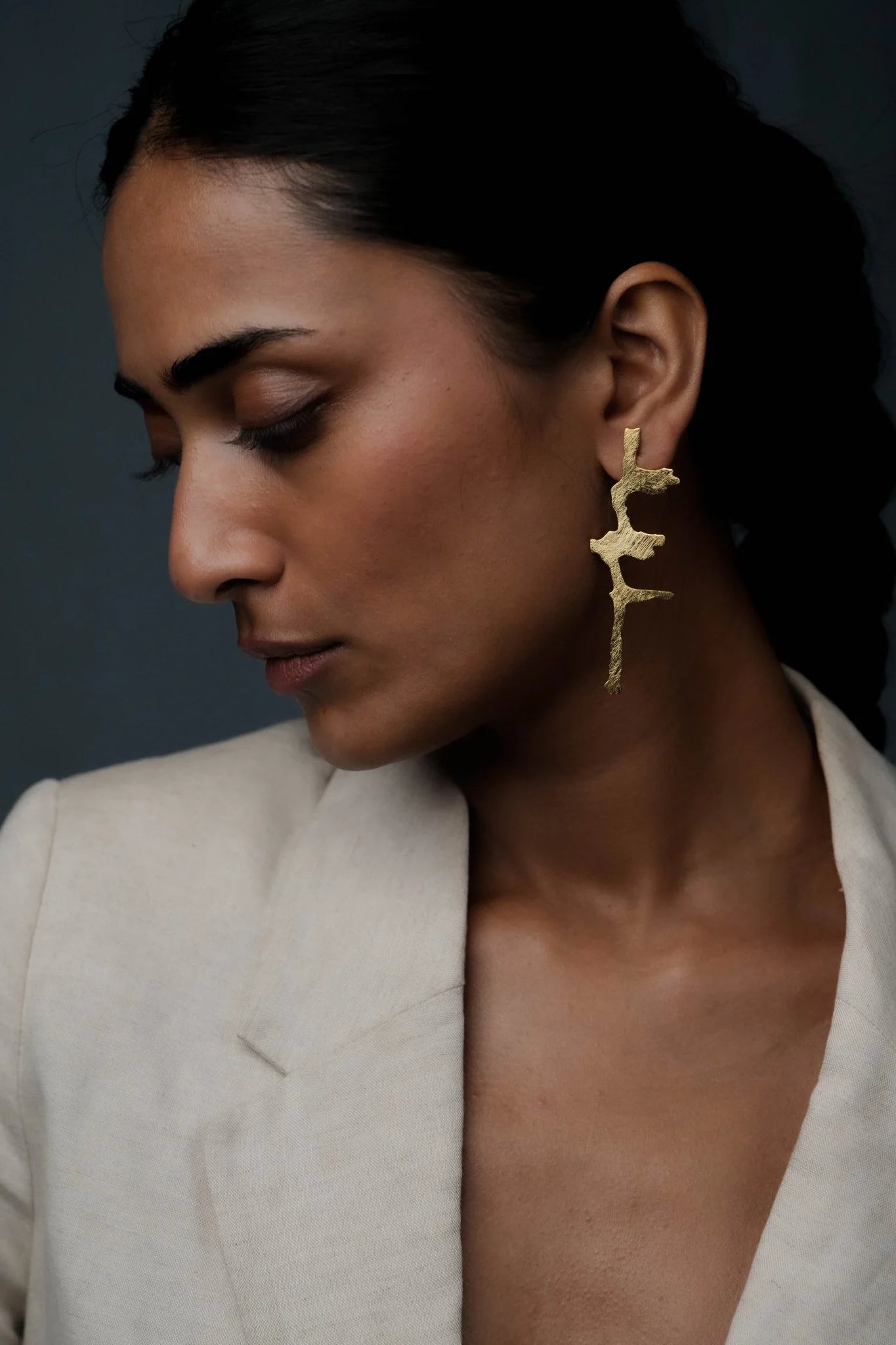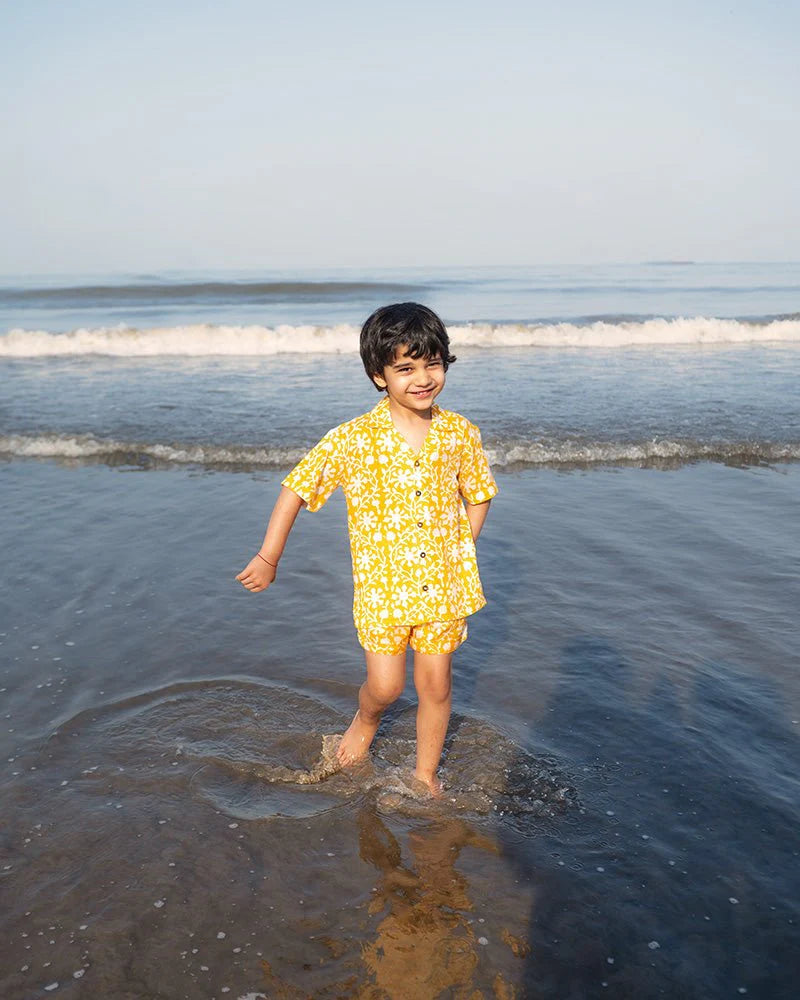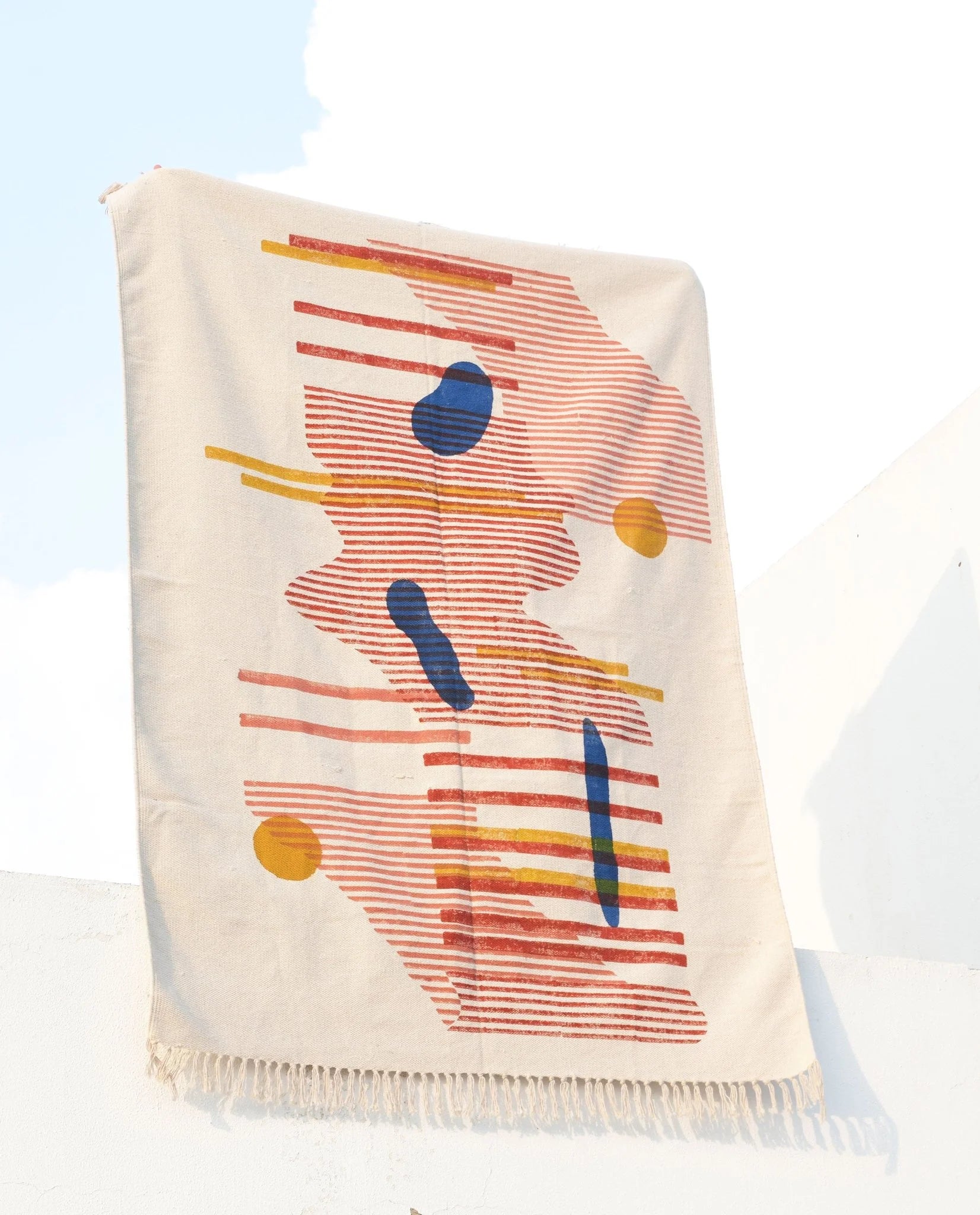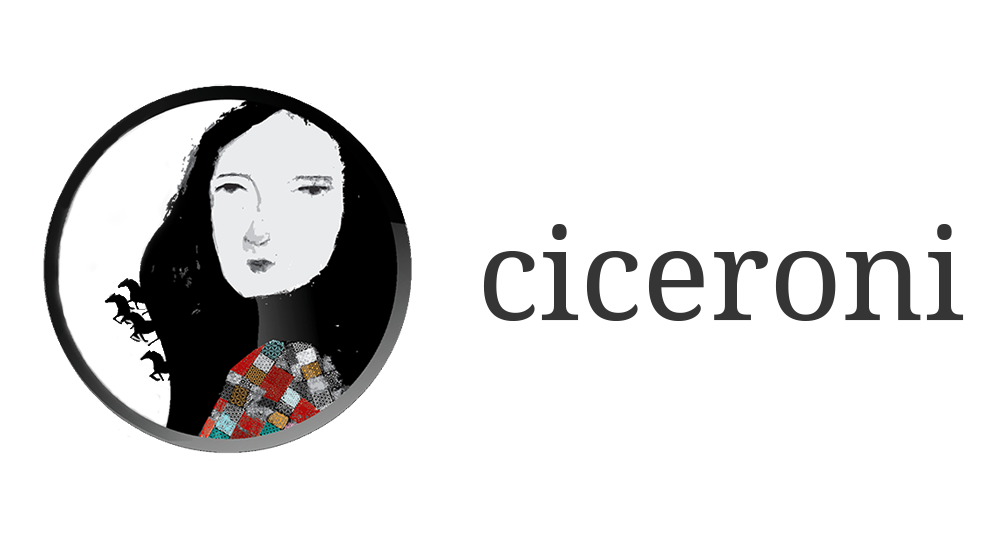Going beyond the yesteryear’s masterji stitched dresses and trousers inspired by the 80’s and 90’s magazines, kids’ fashion has touched milestones today by weaving the magic brought in by designers, celebrities and technology. Tracing the origins of children’s clothing, it is marked that it all stemmed during the 16th century, when European men and older boys began adding doublets paired with breeches (a signature clothing that symbolised the 1630’s).
Previously, both men and women of all ages, except the for the swaddled infants, decked themselves in gowns, robes or tunics. Once men began wearing bifurcated garments, both, men’s and women’s clothing became much more distinct. Breeches were then reserved for men and older boys, while, the members of the society mostly subordinate to men, all women and the youngest boys continued to wear skirted clothes. However, to modern eyes, it may appear that when little boys of the past were attired in skirts or dresses, they were dressed “like girls,” but to their contemporaries, boys and girls were simply dressed alike in clothing appropriate for small children. Taking forward the genderfluid norm, kidswear in India began by wrapping the newly borns in the khadi cotton or mulmul cotton. (Back in the day, khadi and mulmul cotton were trusted to be the best fabrics for babies and it was worthy of the vocal for local movement.)
THE NEW AGE BOOM
Gone are the days when children of a family could be identified even in a crowd by the dress that they wore, which were similar in colour, style and print! Today, kids’ apparel has evolved drastically with the designer elements instilled in them, range in fabrics, patterns that ape the mainstream fashion standards and colour to grow rapidly as a separate vertical in fashion industry. Kids wear segment accounts for almost 20% of the total apparel market in India, and its estimated value is expected to cross Rs.1.7 trillion by 2028. Close to becoming a hub for kids apparel and fashion retailers as well, India is amongst one of the largest contributors in the apparel-retail sector globally with a huge customer base of an estimated 120 million children between the age group of 0-16 years approx. The figures make the kids wear business very promising.
As the analysis go, in the recent years, the purchasing power of families have improved remarkably allowing them to loosen their purse strings to indulge their children in the mainstream fashion experience. Also, with globalization, there is a lot of travel and exchange happening, exposing the Indian parents to global fashion trends in kids wear which they wish for their children to enjoy and experience. Mr. Brat, a kidswear brand based out of Udaipur specialises in innovative and playful prints and quirky motifs to dainty florals, the label’s collection rejoices the Indian crafts in a modern way while keeping the textiles and fabrics comfortable and child friendly.




STORY OF SUSTAINABILITY AND ALL THINGS MINDFUL
You call it being ‘mindful’, ‘slow living’ or ‘embracing nature’, sustainability as a concept isn’t new in the fashion industry. While most brands and labels experiment with the technology to create garments in the fashion world, few ones into kidswear are researching into options that are not only soft on the baby’s skin but are also committed to saving the planet.
One could believably call the kidswear market, a forerunner of sustainable fashion. The very nature of clothing designed to sit next to the fresh, sensitive skin of a baby has meant that kidswear brands have led the way when it comes to using organic or sustainably-produced materials. But more than that, the new wave of baby brands is showing an increased sense of purpose and textile innovations in their pursuit to produce ethical collections.
Penning her insights on the sustainability trend and its influx in the kidswear industry, Dipna Daryanani, Co-Founder, Love the World Today addressed “The sustainable kidswear market in India has seen a stark change and growth in the last 5 years. About 5 years ago when we started, you could literally count on your fingertips the brands that existed in the sustainable kidswear space. Today the number has gone up significantly showing a clear demand for more thoughtfully made clothing by parents. Parents have become a lot more conscious and care about environmental issues and raising their children in a way which is holistic not just developmentally but also from the point of view of being conscious and gentle. The demand for homegrown, local, sustainable brands has definitely seen an upward trend in the pandemic because of high dependency on what’s locally available. Also, sustainability is no more an alien term where a brand has to explain to the consumers what it means. Customers are more aware and informed and I feel we are yet to see a mainstream shift but it is definitely on the horizon.”




IMPACTING CRAFT CLUSTERS AND MAKING OF TEXTILES
With the boom in the concept of Make in India, most kidswear designers across the country explored the opportunities to work alongside craftsmen in different parts of the country to not only present collections that were deeply rooted to the Indian heritage, but also supported the craftsmen financially. With an aim to revive the Indian crafts while providing ensembles that are as soft as the mother’s touch, Anjali Harjani, the founder of Megan Markle’s favourite kidswear brand Malabar Baby said “Malabar Baby started with the desire to spread the culture of India and the craft of block-printing across the world. Living in New York during my finance days, I could see the fashion industry starting to really embrace and appreciate Indian embroidery and handcrafted creations. There is so much magic in our Indian culture and craft; entrepreneurs today really feel the desire to spread the art and empower the talent behind India’s textile industry. Seeing the incredible work of Chanakya’s School in Dior’s fashion week this July 2021 has inspired us even more to think of ways to create in India and make people aware that slow made fashion is better for everyone.”


Highlighting further on the textiles used to create these woven wonders and stressing the label’s strict policy of sourcing sustainable and natural fabrics, she shared “Over 70 per cent of the label’s products are made in India, using quality fabrics like GOTS (Global Organic Textile Standard) approved natural cotton, organic muslin and even bamboo. Bamboo has anti-fungal properties which ensure that babies don’t get rashes. It’s also a very breathable fabric and is hypoallergenic. We have used it in our line of towels too. Apart from block prints, our products also incorporate water colour art work, for which we work with artists from around the world.”


Highlighting further on the textiles used to create these woven wonders and stressing the label’s strict policy of sourcing sustainable and natural fabrics, she shared “Over 70 per cent of the label’s products are made in India, using quality fabrics like GOTS (Global Organic Textile Standard) approved natural cotton, organic muslin and even bamboo. Bamboo has anti-fungal properties which ensure that babies don’t get rashes. It’s also a very breathable fabric and is hypoallergenic. We have used it in our line of towels too. Apart from block prints, our products also incorporate water colour art work, for which we work with artists from around the world.”
Here’s Ciceroni’s checklist to keep you guided as you head out to shop for sustainable kidswear.
- Trends may come and go but, classics are here to stay!
While fringes, tassels or sparkling clothes may fascinate your child or you, one should opt for the basics before opting for the ever-changing trends. Basics are comfortable for children. Make sure each one of these basics come in classic yet quirky prints, timeless styles and are made from organic fabrics.
- Soothing Skin-Friendly Fabrics
Cotton, mul, linen and hemp are some of the best fabrics for kids. While synthetic material is rampant, you may want to try. breathable eco-friendly or organic fabric for your little one’s wardrobe for their own comfort.
- Crafts of India to introduce kids to different art forms
Living in India, has its own perks! The stories of Indian textiles and crafts are known across the world. Through the eco-friendly staples, you choose for your child, introduce them to the exquisite Indian crafts such as block prints, kalamkari, Bandhni, leheriya, chikankari, kantha work and more.
As the kidswear market redefines the fashion scenario, keep up with the fashion standards and growth charts to know and understand that dressing up your child comes easy when you are mindful.

